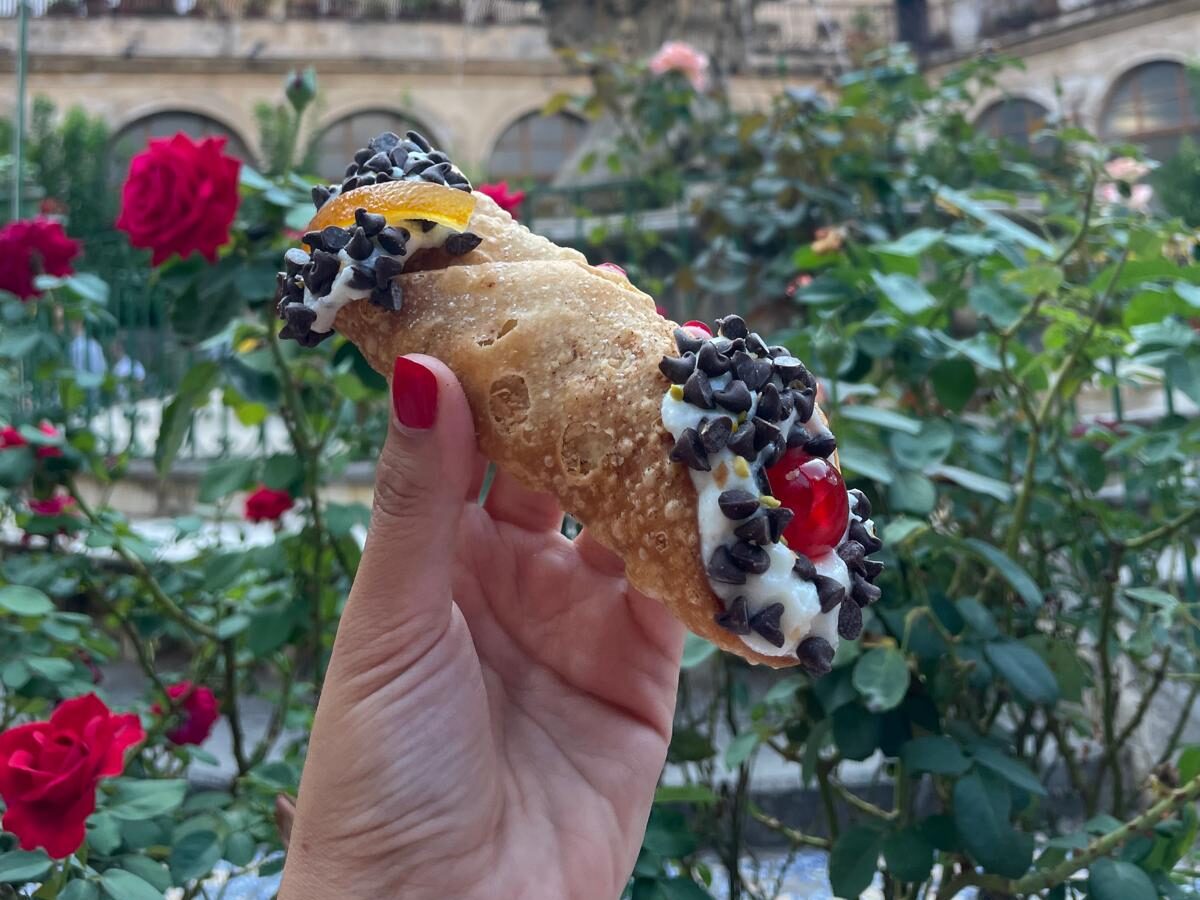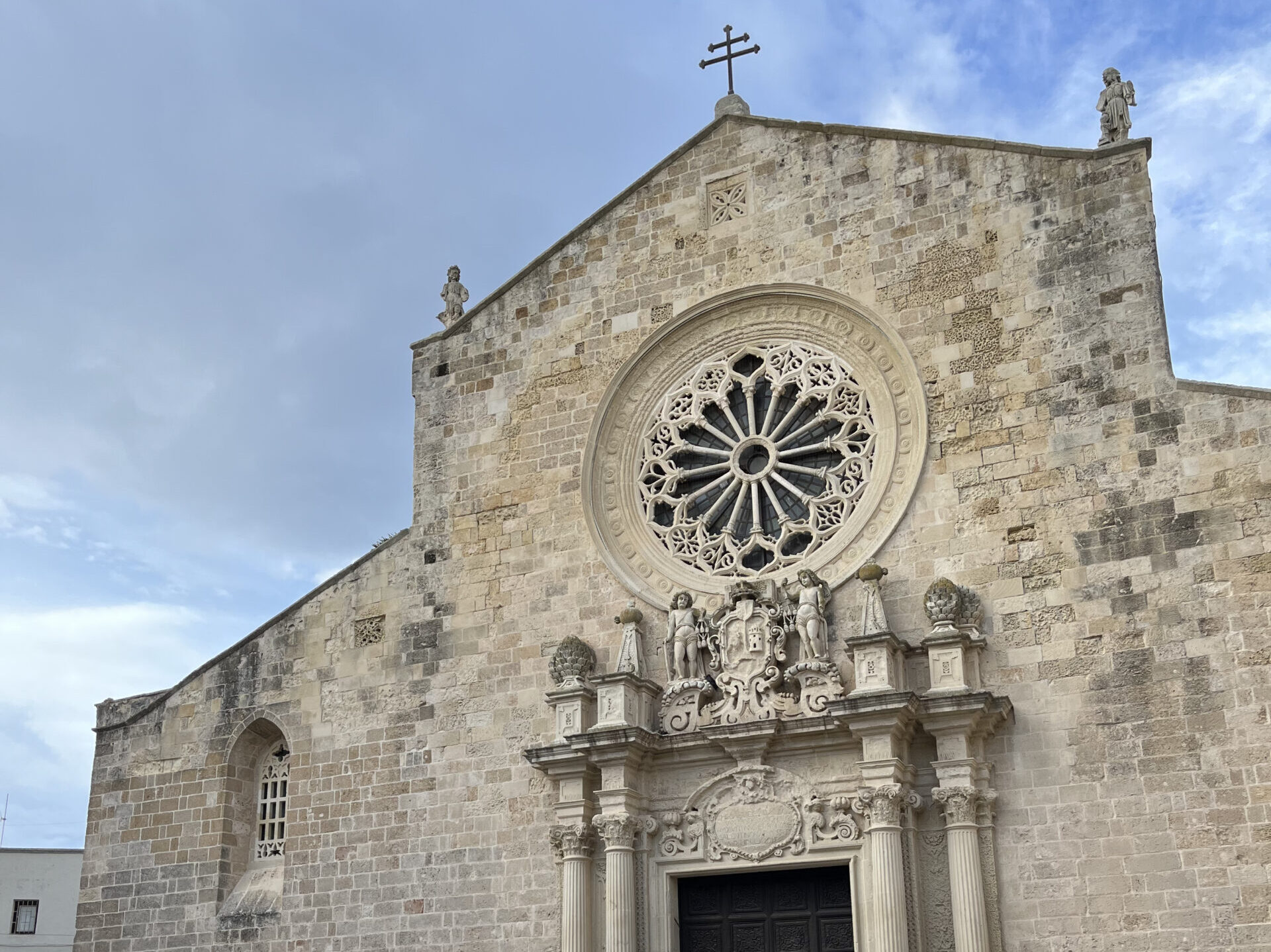A beloved symbol of Sicily, the cannolo carries with it a fascinating tale shaped by Arab influences, Christian convents, and the rhythms of popular tradition.
It’s impossible to travel to Sicily without being tempted by the thought of biting into a cannolo. Crisp on the outside, velvety and sweet within, this pastry has become an icon of the island’s culinary heritage—a little treasure chest of history and flavor that wins you over at the very first taste.
A sweet legend between harems and convents
The origins of the cannolo reach back into a distant and captivating past, where myth and history intertwine. One of the most enchanting theories takes us to the period of Arab rule in Sicily, between the 9th and 11th centuries. According to legend, it was the women in the harems of the emirs who created this dessert, perhaps inspired by Middle Eastern sweets, combining sugar, spices, and nuts with a creamy ricotta filling. The cannolo, they say, was an offering to the emirs—an explosion of flavor that married technique with poetry.
With the arrival of the Normans and the return of Christianity, the art of pastry-making found refuge in convents, where it was preserved and passed down through generations. According to some accounts, it was the nuns of Caltanissetta who perfected the recipe, elevating it to the ultimate Carnival treat in Sicily—a time when indulgence was not only permitted but encouraged.
Sheep’s milk or cow’s milk ricotta? It depends where you are
At the heart of every cannolo lies its filling: a silky, sweet ricotta cream enriched with sugar, chocolate shavings, candied fruit, and a hint of cinnamon. In most of the island, sheep’s milk ricotta is the preferred choice, prized for its rich, full-bodied flavor. In the southeast, particularly in the Ragusa area, the lighter cow’s milk ricotta from the Iblei Mountains takes center stage.
Making them at home: a little ritual
Preparing cannoli at home takes time and patience, but the reward is priceless. It all begins with the shell: a thin dough scented with lemon zest and a splash of white wine, rolled out, wrapped around metal tubes, and fried until golden and crisp.
Ingredients for 4 servings
For the shell:
- 250 g (2 cups) all-purpose flour
- 100 g (½ cup) dry white wine
- 25 g (2 tbsp) sugar
- 25 g (2 tbsp) softened butter
- 1 egg
- Zest of 1 untreated lemon
- Pinch of salt
- Vegetable oil for frying
For the filling:
- 250 g (1 cup) ricotta
- 110 g (scant 1 cup) powdered sugar
- 80 g (½ cup) candied orange peel
- 40 g (¼ cup) dark chocolate shavings
- Pinch of cinnamon
For garnish:
- Chopped pistachios, almonds, or hazelnuts
- Powdered sugar
- Candied cherries (optional)
Method (briefly):
Combine the flour, sugar, butter, egg, lemon zest, and wine to make the dough for the shells. Chill for two hours. Roll the dough thin, cut into squares, wrap around cannoli molds, and fry at 160°C (320°F) until crisp. Let cool. For the cream, mix ricotta with powdered sugar until smooth, then fold in candied fruit, chocolate, and cinnamon. Fill the shells just before serving to keep them crisp, and finish with nuts and powdered sugar.
A bite of Sicily, wherever you are
Today, as in centuries past, cannoli are more than a dessert: they are a piece of identity, a bridge between cultures, and a tribute to a land rich in history and flavor. To make them—or simply to enjoy one—is to connect with a heritage that continues to live on in the skilled hands of pastry chefs and in the smiles of those tasting it for the first time.




